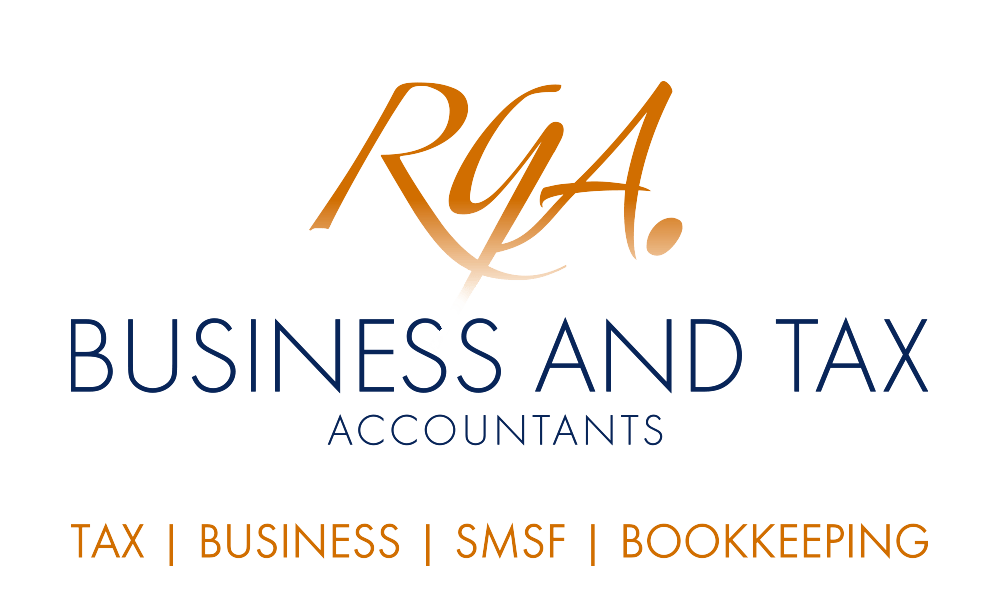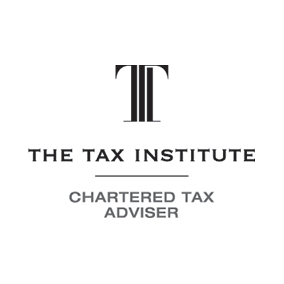Self-managed super funds (SMSFs) can invest in collectables and personal use assets, such as artworks, jewellery, vehicles, boats, and wine. However, investments in such items must genuinely be made for retirement purposes, and not to provide any present-day benefit.
There are rules that apply to making, holding and realising self-managed super fund (SMSF) investments in collectables and personal use assets. These rules basically seek to prevent trustees from gaining a current day benefit from prescribed lifestyle assets and ensure that such investments are made for genuine retirement income purposes.
The rules apply to investments in the following items:
 artwork (eg paintings, sculptures, drawings, engravings and photographs);
artwork (eg paintings, sculptures, drawings, engravings and photographs);
- jewellery;
- antiques;
- artefacts;
- coins, bank notes and medallions;
- postage stamps and first day covers;
- rare folios, manuscripts and books;
- memorabilia;
- wine and spirits;
- motor vehicles and motorcycles;
- recreational boats; and
- the membership of sporting and social clubs.
The rules under the super law provide that:
- these assets can't be leased to, used by, or stored in the residence of a related party;
- these assets must be insured in the fund's name within seven days of purchase;
- these assets must comply with all other investment restrictions under the law, including the sole purpose test (ie the asset is maintained broadly for the benefit of retirement);
- storage decisions must be documented and the written record kept for at least 10 years; and
- if assets are transferred to a related party, they must be at market value as determined by a qualified, independent valuer.
The rules apply from 1 July 2011. However, note that existing investments held on 30 June 2011 will not be subject to the rules until 1 July 2016. The ATO has urged trustees to review these investments now and not leave it to the last minute to make arrangements for compliance.
The following are some specific scenarios and the view of the ATO as to how the rules would work.
Scenario: display or storage at business premises
Collectables and personal-use assets can't be displayed at the business premises of a related party because this means they are being used by the related party. For example: if your SMSF invests in artwork, it can't be hung in the business premises of a related party where it is visible to clients and employees.
However, you can store collectables and personal-use assets in premises owned by a related party, such as a purpose-built storage facility, provided the premises are not part of the private residence of the related party and the assets are not on display. Remember to keep a record of the reasons for deciding where to store the assets.
Scenario: leasing and selling artworks
Your SMSF can lease artwork to an art gallery provided the gallery is not owned by a related party and the lease is on arm's-length terms.
The artwork must be insured in the name of your SMSF, even if the art gallery has its own insurance policy.
Lease arrangements can be formal or informal arrangements under which a person uses or controls the artwork and include arrangements where no rent is payable to the fund in exchange for the use of the artwork.
Artworks can be sold to a related party provided the sale is at a market price as determined by a qualified independent valuer.
If your fund acquired the artwork before 1 July 2011 and sells it before 1 July 2016, the transaction does not need to be supported by a valuation determined by a qualified independent valuer. However, the transaction must still take place on arm's length terms.
Scenario: insure within seven days
Collectables and personal use assets purchased by the fund must be insured in the name of the fund within seven days of the purchase.
As part of the decision to invest in collectables and personal use assets, you need to consider the availability and cost of insurance. If your fund has made the investment and you find you cannot obtain insurance, contact both your fund's SMSF auditor and the ATO to try to rectify the situation.
Your fund's collectables and personal use assets may be insured under separate policies or collectively under the one policy, but it must be in the name of the fund. You cannot, for example, insure the assets as part of a trustee's home and contents insurance.
If you acquired a collectable or personal use asset prior to 1 July 2011, you must insure it in the name of the fund prior to 1 July 2016 to comply with the rules.
Scenario: Motor Vehicles and Boats
Whilst technically a SMSF can own Motor vehicles or boats, practically it is almost impossible to hold these types of assets and satisfy the condition of not providing benefits to members or their associates. For example, if a SMSF owns a vintage car then neither the members of the fund nor anyone related to them can ever drive the car which may make it difficult for the SMSF to keep the car in good working order.
Want to find out more?
Please get in touch with us to discuss your individual circumstances. Call us at Robert Goodman Accountants on 07 3289 1700 or email us at reception@rgoodman.com.au .
© Copyright 2017. All rights reserved. Source: Thomson Reuters. This communication is factual only and does not constitute financial advice. Please consult a licensed financial planner for advice tailored to your financial circumstances. Brought to you by Robert Goodman Accountants.









